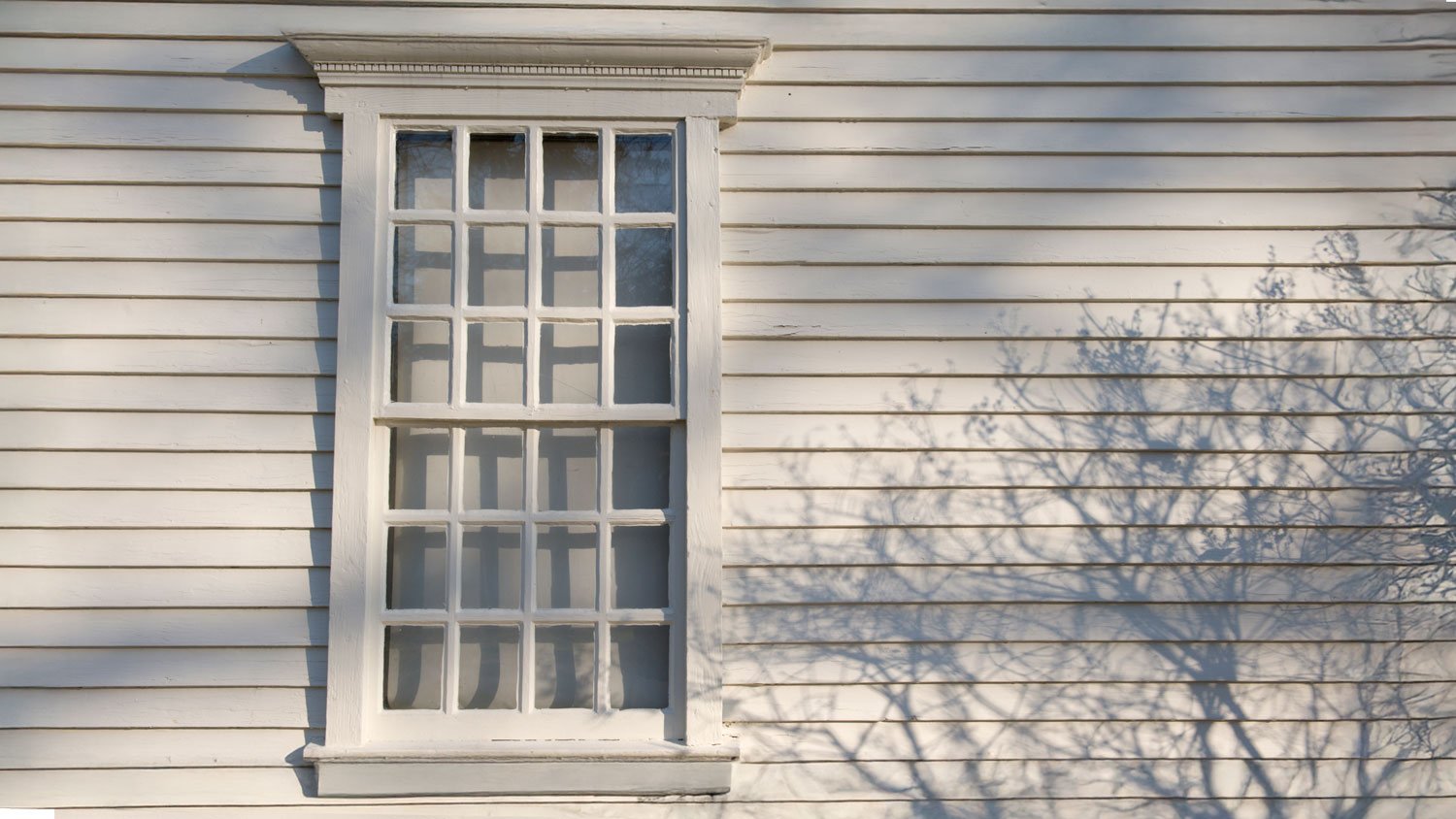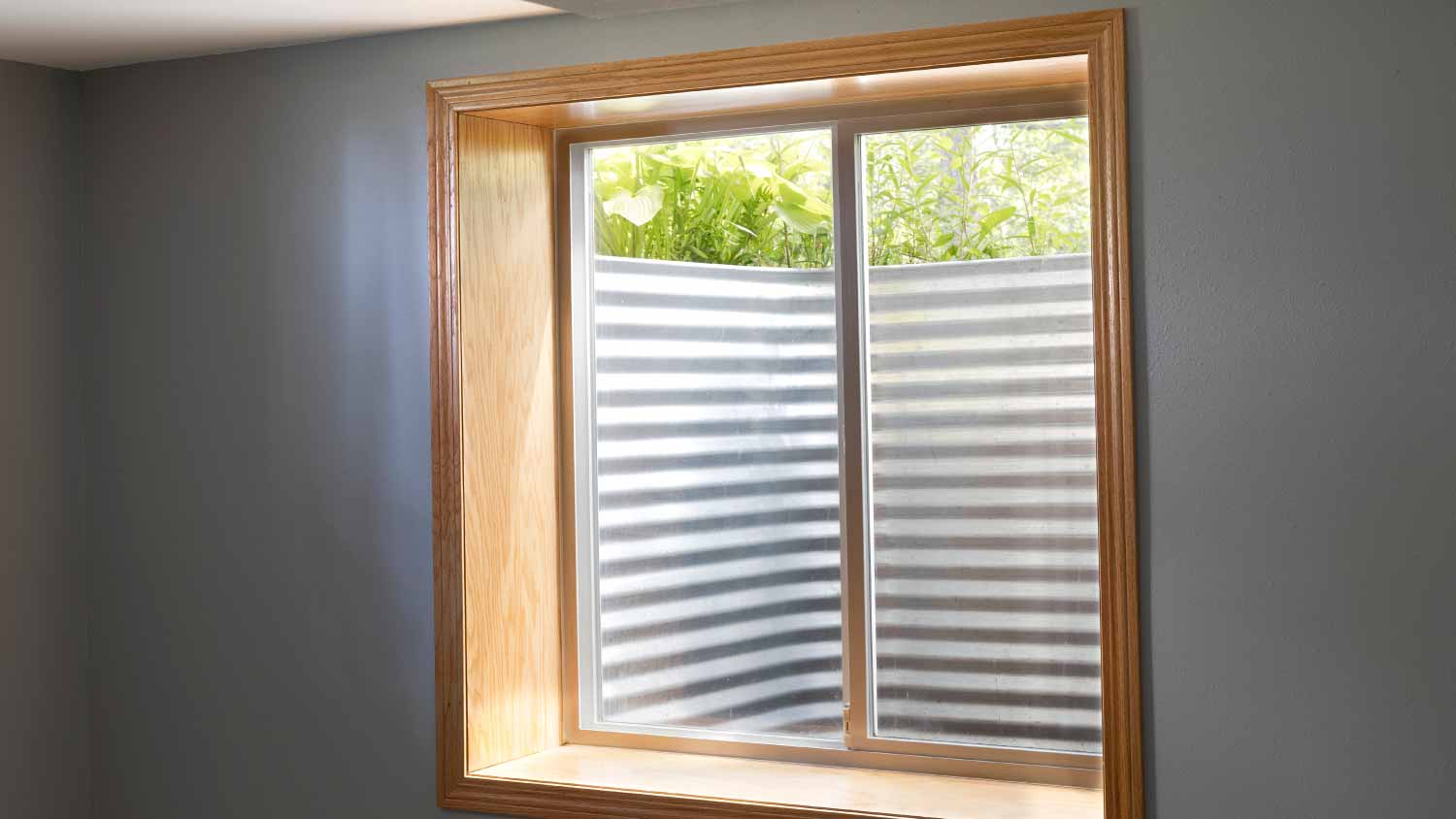8 Ways to Fix Drafty Windows
Boost your home’s energy efficiency with these easy window repairs


A cool breeze can be nice and relaxing, but not when it’s coming from your closed window in the middle of winter. Drafty windows can run up your energy bills and leave your home feeling uncomfortable. Try these eight quick DIYs to stop drafty windows from letting air in.

1. Apply Window Caulking
There are three places where you can apply caulk: around the window trim, at mitered joints of the trim, and between the trim and frame. Non-toxic indoor latex caulk is your best bet.
Make sure you clean the window area first and check that it's free from dust and old paint or caulk. Caulking works best on gaps that are less than a finger’s width.
2. Use Gap Filler
For gaps larger than the width of your finger, you’ll want to use gap filler, which is rod-shaped foam that serves as a base for caulk so you don’t have to use a whole tube of caulk to fill a large space. Gap filler has insulating properties and will help you achieve a tight seal around your window.
3. Install Weatherstripping
Use weatherstripping to block drafts by creating a tight seal. It's often made of foam and attaches directly to the closing edge of a window (or door). Weatherstripping is inexpensive and can be found at most hardware stores, so it's something most homeowners can DIY as part of regular window maintenance. New weatherstripping may also help get rid of condensation on your windows, which can be caused by a faulty seal that lets cold air in.
According to the Department of Energy, windows are responsible for 25 to 30% of energy use. If your energy bill is above average, talk to a window contractor about an energy-friendly upgrade.
4. Invest In Shades, Curtains, and Draft Snakes
Covering a drafty window with cellular shades, layered curtains, or draft snakes can help homeowners block the drafts. Cellular shades let in light and have an insulating value, while layered curtains help keep drafts out and keep warm air in. You can buy a draft snake or make one by sewing a tube of fabric and filling it with rice, then using it along window sills.
5. Consider Storm Windows
Adding storm windows to your existing windows is a very effective way to block drafts and lower your energy bills. As a bonus, storm windows can also help muffle noises from outside, like traffic or your neighbor’s leaf blower. Interior storm windows are typically DIY-friendly to install and can be removed when the weather is milder. Exterior storm windows have the added benefit of prolonging the life of your windows by shielding them from the elements, but the average homeowner will find them more challenging to install.
6. Reglaze the Window
If the draft is coming from where the glass panel is set into the frame, you may need to reglaze your window. Not sure what window glazing is? It refers to the glass part of the window, and replacing the putty that holds it into place, known as glazing compound, is called “reglazing.” Glazing compound can deteriorate over time, leaving draft-causing gaps. Reglazing involves removing the old glazing compound and applying fresh compound to restore the tight seal.
7. Apply Shrink Film
Older windows can be extra drafty, especially in winter. If you know you’ll be keeping your windows closed for the season, you can winterize your windows by applying shrink film to help keep drafts away. This clear plastic is applied over the entire window using an adhesive border and is then shrunk to fit using a hair dryer
8. Replace the Window
In some cases, your drafty windows may need to be replaced rather than repaired. Replacing your windows can seriously improve your home’s energy efficiency and put an end to drafty windows for good. If the problem can’t be fixed with one of the above methods, call a local window repair pro to assess the situation. They may advise you to replace the window rather than invest in the cost of a window repair that might not solve the problem.
L.A. Sutherland contributed to this piece.





- How to Seal Windows for Winter: A Complete Guide
- 10 Tips on How to Make Windows More Energy Efficient
- How Long Do Windows Last and When Should You Replace Your Windows?
- Try These 8 Tips to Breathe Life Back Into Old Windows
- 7 Common Window Problems and How to Avoid Them
- When to Replace Windows: 10 Signs That It’s Time to Start Shopping
- Do Windows With Broken Seals Need to Be Replaced?
- 14 Things to Consider Before Buying Windows
- What Is a Storm Window? Different Types, Pros and Cons, and More
- How Long Does It Take to Replace a Window?
















